Eastern European design
The Eastern European design
In the aftermath of the Second World War, the various countries of the Eastern Bloc had the opportunity to reflect on how to design and furnish the interiors. Thus, Galerie Parallèle offers a sample of what was produced at the end of this reflection, focusing particularly on Poland and the former Czechoslovakia, between 1950 and 1980.
The design of these two nations is referred to here as "Eastern European design" or "Soviet design" (even if, in reality, Poland and Czechoslovakia were only satellite countries of the USSR).
Polish design
In the aftermath of the Second World War, the USSR imposed Socialist Realism on Poland. It is an artistic doctrine developed at the beginning of the century, originally intended for literature and then applied to painting and architecture.
In the field of crafts and design its nature was more complicated to set up. In Poland, she was inspired by the Arts and Crafts, which took the form of creations reminiscent of vernacular art.
However, confusion persisted about the regime's expectations so that Socialist Realism and all its variations were rejected as soon as Stalin died in 1953. During the following period, interior architects and designers preferred, with a few exceptions, a positivist approach giving rise to what is commonly called Socialist Modernism.
It is characterized by a consideration of the user and his needs. Thus the proponents of design reject political considerations and reconnect with pre-war social ambitions through groups such as Praesens.
This is expressed, for example, through elements such as folding or multifunctional furniture. The example of wall units can be given.
.jpg)
Polish interiors of the 1960s
Their function was to free up considerable space in apartments whose dimensions had become very small since the socialist era. These wall units have been designed as follows.
Aesthetically, it is abstraction, organic and geometric forms that dominate, accompanied by bright colours and the use of various materials.
Czechoslovak design
This "thaw" following Stalin's death also applies to Czechoslovakia. At the Brussels Universal Exhibition in 1958, she had the opportunity to showcase her achievements in interior architecture and design. This had many similarities with those found in Poland at that time.
The exhibition presented the way of life of ordinary Czechs and Slovaks. This was divided into different sections entitled respectively "work", "rest" and "culture".
It was especially from this moment that Czechoslovak design began to flourish, despite its communist orientation. This exhibition had a considerable impact on many artists from the countries present: we will even, later, qualify this design as "Brussels style".

Czechoslovak interior of the 1960s

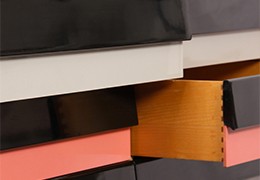
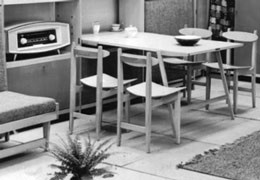
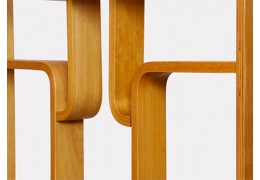
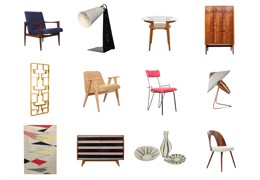
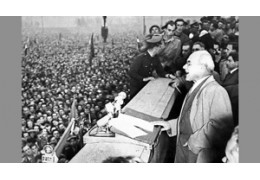
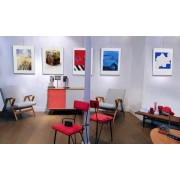
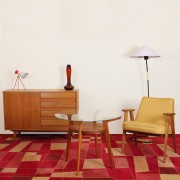

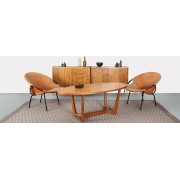

Leave a comment